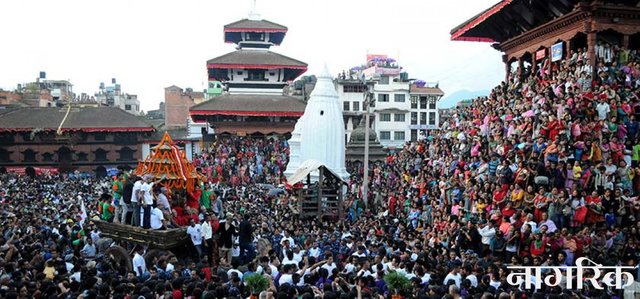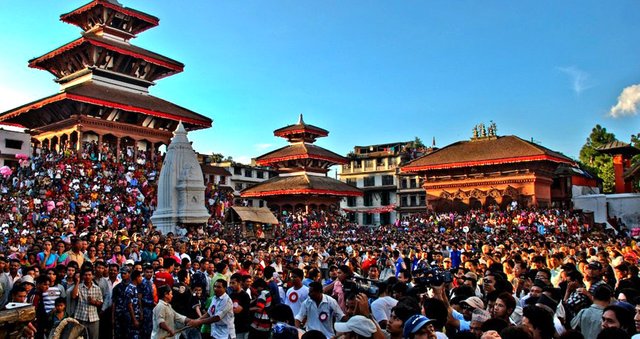Indra Jatra, also known as Yenya in the local Newar language, is one of the largest and most significant festivals celebrated in Kathmandu, Nepal. It marks the end of the monsoon season and is dedicated to Indra, the god of rain and the king of heaven in Hindu mythology.
Key Highlights of Indra Jatra:
- Duration: The festival lasts for eight days, typically in September, and includes various religious and cultural rituals.
- Historical Significance: It is believed to have started in the 10th century by King Gunakamadeva to commemorate the founding of Kathmandu.
- Kumari Jatra: A major attraction of Indra Jatra is the procession of the living goddess Kumari. The Kumari is paraded through the streets of Kathmandu in a chariot. This part of the festival is an important event for the local Newar community.
- Pulukisi Procession: Another interesting aspect is the procession of a large elephant-like figure called Pulukisi, symbolizing Airavata, the mythical white elephant.
- Lakhe Dance: Traditional masked dances, especially the Lakhe dance, are performed during the festival. The Lakhe is a demon figure and is one of the most popular characters in Newar culture.
- Rituals for Indra: Several shrines are constructed, and devotees offer prayers to Indra. It is believed that Indra descended to the valley in search of parijat (a celestial flower), which is why he is honored during the festival.
- Erecting the Yosin Pole: A large ceremonial pole known as "Yosin" or "Indradhwaja" is erected at Kathmandu Durbar Square to signal the beginning of the festival.
The festival attracts both locals and tourists, offering a glimpse into Nepal's rich cultural heritage and vibrant celebrations.


